5 Anime That Used AI in Production
Alright boys, buckle up—because AI isn’t just lurking in your sci-fi plots anymore, it’s literally in the production room, poking its little robot nose into your favorite shows. Sometimes it’s just helping with the boring stuff like background painting or lip-syncing… other times it’s full-on voicing characters and cranking out entire scenes. Some folks are hyped. Others? Screaming “You’re killing the art!” into oblivion.
So which shows are actually doing it? Are they any good? And are we looking at the glorious future of anime—or a dystopian robo-takeover? Let’s gossip about 5 real cases.
1. “The Dog & The Boy” – Netflix Japan (2023)
What they did: Netflix took human sketches, fed them to an AI, and boom—instant backgrounds.
Why people cared: They said it was because Japan’s animation industry is short on workers. But artists were like, “Bro… that’s not solving the problem, that’s just skipping us.”
Pros: Fast, cheap, fills production gaps.
Cons: Sparks fear of replacing real artists.
Basically, it was less “aww cute dog” and more “yikes corporate.”
2. P.A. Works AI Experiments (2023–2024)
What they did: Used AI tools like Ebsynth to handle those boring in-between animation frames, saving animators from drawing the same thing over and over again.
Why people cared: They didn’t hide it. They were like, “Yeah, we used AI, but we still had humans clean it up.”
Pros: Saves wrists, prevents animator burnout.
Cons: Some say newbies won’t get enough practice.
Verdict: AI here is like the coffee intern—helpful, but not running the whole office.
3. “Kumi to Tulip” – NTT & WIT Studio (2024)
What they did: Used AI voice synthesis instead of hiring a voice actor, plus AI lip-syncing.
Why people cared: It was polished but… a little uncanny. Voice actor unions weren’t happy.
Pros: AI voices can sound crazy good when done right.
Cons: Might lose that raw human emotion.
Feels like the anime equivalent of drinking diet soda—still tasty, but something’s missing.
4. Indie YouTube AI Anime (2023–Present)
What they did: Lone creators using ChatGPT for scripts, Stable Diffusion for art, and AI voice clones to make entire anime episodes.
Why people cared: Suddenly, anyone with a laptop can make an anime.
Pros: No studio budget? No problem.
Cons: The internet is now drowning in generic-looking stuff.
It’s the wild west of anime—some gold nuggets, some… questionable content.
5. “Project RABBIT” – DeNA + Ghibli Veterans (2025)
What they did: Ghibli alumni using AI for backgrounds and story pacing help, but keeping creative control in human hands.
Why people cared: It’s a rare “AI done right” moment—artists still lead, AI just assists.
Pros: Ethical, balanced, gorgeous (if it works).
Cons: Still in development, so hype might be premature.
Feels like the Studio Ghibli version of having a fancy assistant who knows their place.
So, is AI the anime villain or the hidden hero?
Honestly… both. It can save artists from the pencil and eraser hell or strip away the soul of animation if used carelessly. Anime has survived the jump to CGI, the shift to digital, and the streaming boom—AI is just the next level-up.
Would I watch an anime 100% made by AI? of course—for science. Would I want all anime made that way? Nah, give me my messy human imperfection any day.
Because let’s be real—sometimes it’s the little animation quirks, the slightly off-kilter drawings, that make it art.
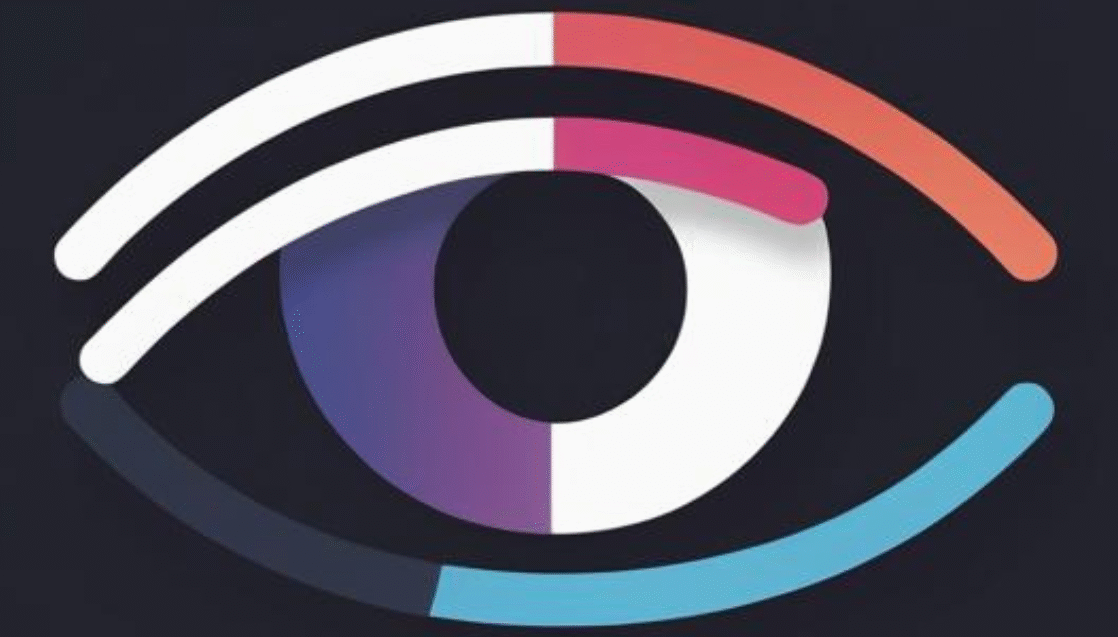
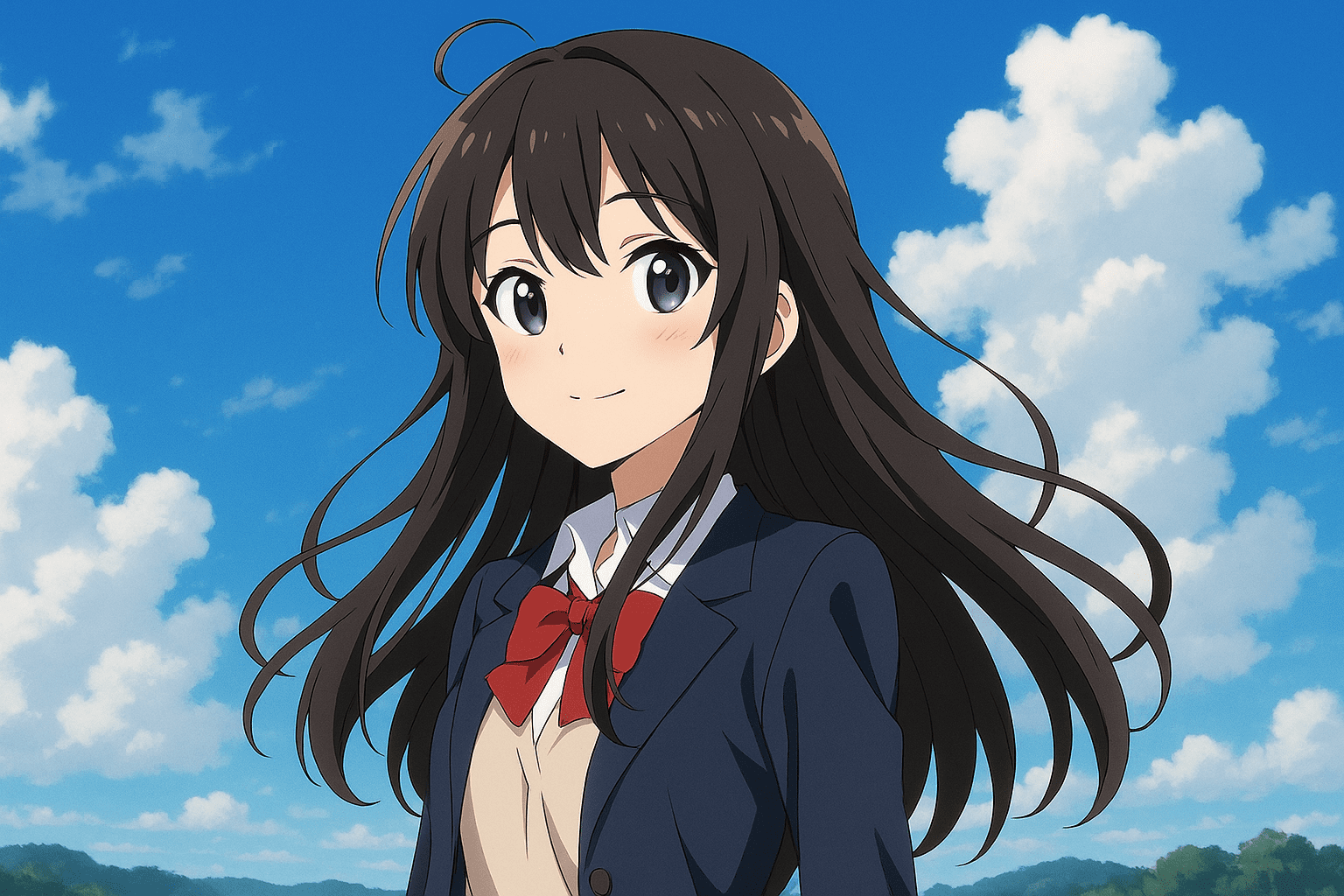


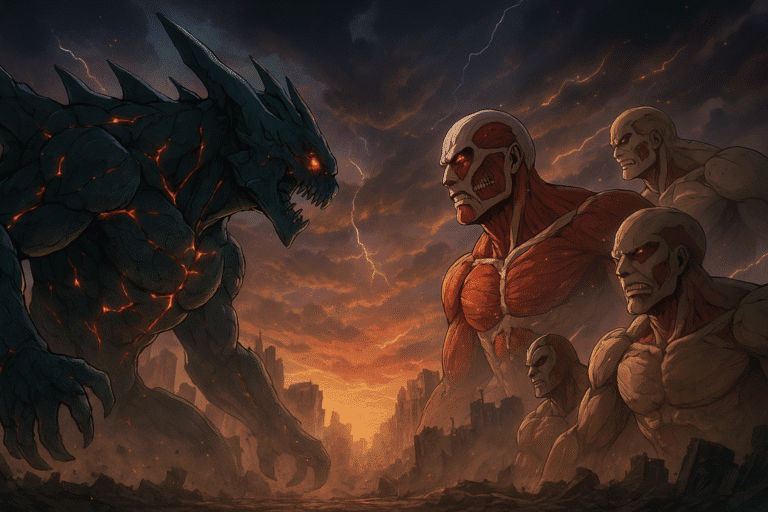
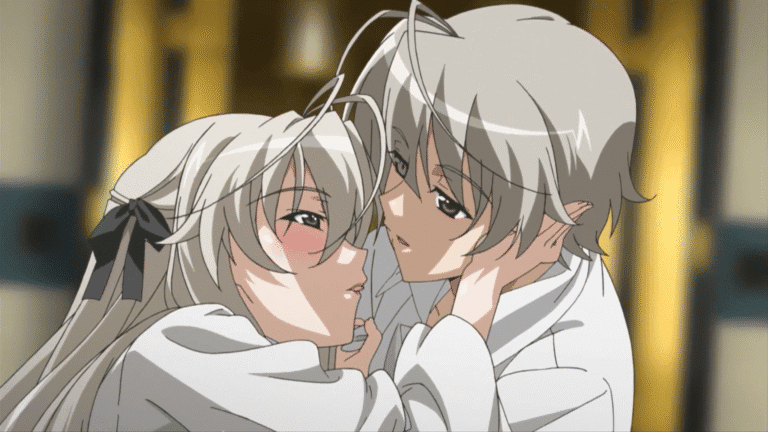
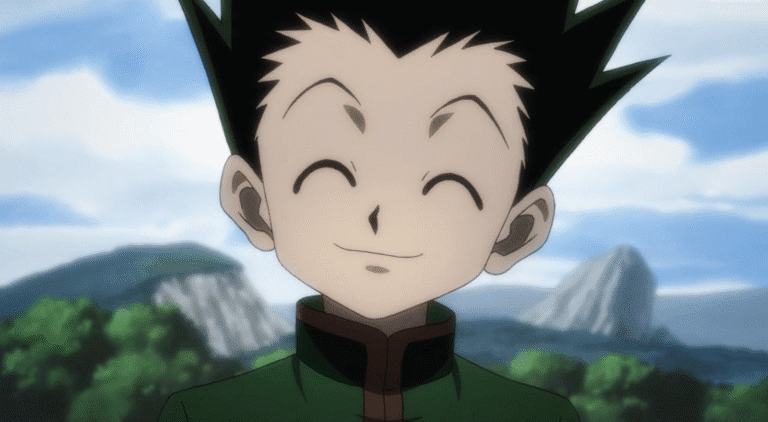

I was recommended this web site via my cousin. I am not certain whether or not this post is
written via him as no one else realize such certain approximately my difficulty.
You’re wonderful! Thank you!
Hi colleagues, good piece of writing
Very energetic blog, I liked that bit. Will there be a part 2?
its really really nice article on building up
When someone writes an article he/she keeps the plan of a
user in his/her mind that how a user can be aware of it.
So that’s why this piece of writing is amazing. Thanks!
Great article! Disgrace on Google for now not positioning this submit upper!
Thank you for sharing your info. I really appreciate
your efforts and I am waiting for your next post thank you once again.
I like the helpful information you provide in your
articles.